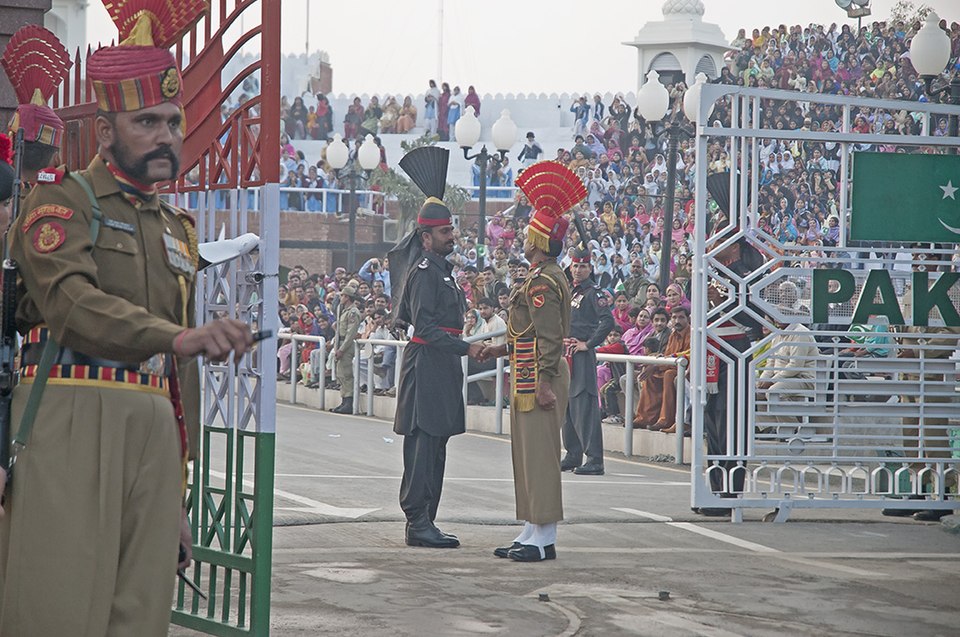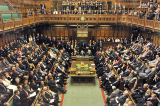
The fragile ceasefire between India and Pakistan, brokered on May 10, is under strain as diplomatic tensions simmer. India expelled a Pakistani diplomat on May 13, accusing Pakistan of
violating the truce, while Pakistan reiterated its commitment but warned of a forceful response to future aggression. The ceasefire, hailed as a step back from nuclear brinkmanship, followed intense fighting that killed 35–40 Pakistani personnel along the Line of Control.
Both nations have claimed victory, with India citing its airstrikes on alleged terrorist infrastructure and Pakistan emphasizing its resilience. Prime Minister Narendra Modi warned of targeting “terrorist hideouts” if attacks resume, while Pakistan’s military has rallied public support. The ceasefire, facilitated by US intermediaries Marco Rubio and JD Vance, has restored civilian air traffic and boosted stock markets, but mutual accusations threaten its durability.
Analysts question whether either side gained a strategic edge. India’s narrative centers on decisive action against terrorism, but the expulsion of the diplomat suggests ongoing mistrust. Pakistan’s airspace closure and military losses highlight the costs of escalation, yet its defiance signals readiness for future confrontations. The Kashmir dispute remains unresolved, fueling the cycle of hostility.
The establishment often portrays ceasefires as progress, but without addressing root causes, they are mere pauses. Trump’s claim of resolving the Kashmir dispute seems optimistic, given the complexity of the issue. The international community, wary of nuclear risks, watches closely as both nations navigate this uneasy truce. Photo by Koshy Koshy from Faridabad, Haryana, India, Wikimedia commons.









































